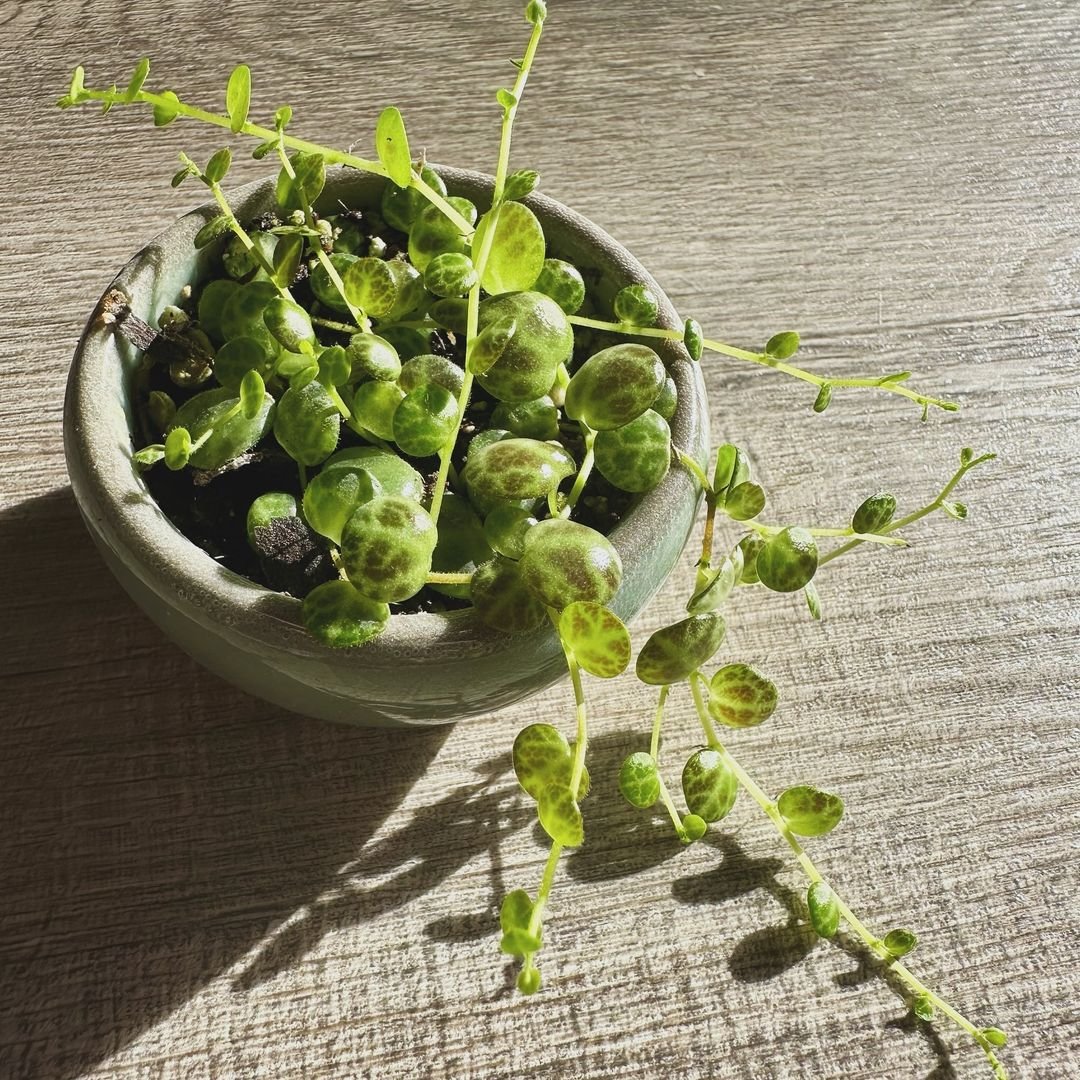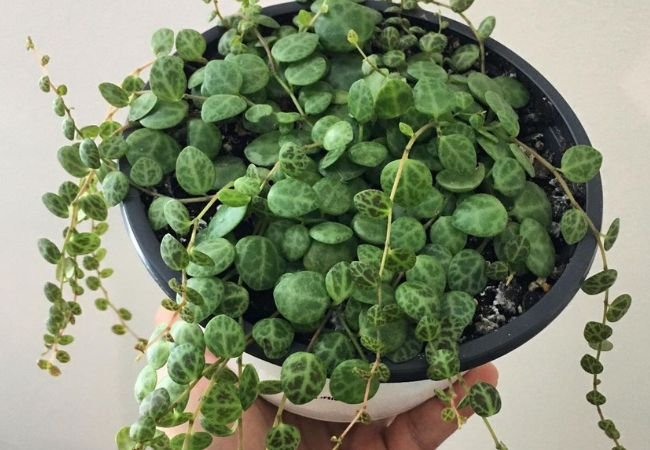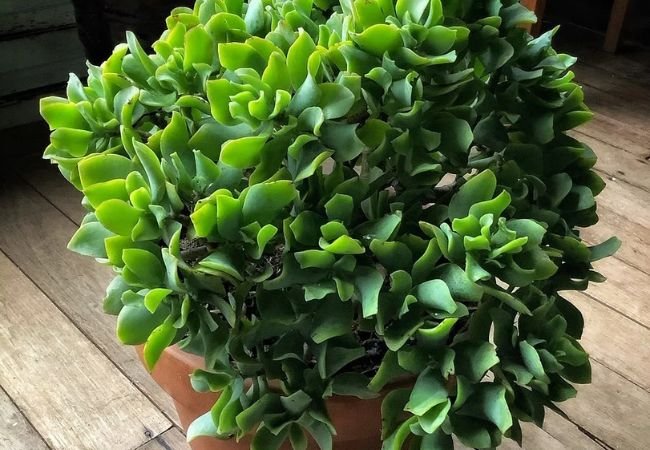Discover the secrets to successfully growing and caring for the adorable String of Turtles plant. This comprehensive guide covers everything from ideal conditions to propagation techniques, ensuring your unique succulent thrives.
The String of Turtles, scientifically known as Peperomia prostrata, is a delightful and unique succulent that has captured the hearts of plant enthusiasts worldwide. With its trailing vines and distinctive leaf shapes resembling tiny turtles, this plant adds a whimsical touch to any indoor or outdoor space. If you’re considering adding a String of Turtles to your plant collection, this comprehensive guide will provide you with all the information you need to ensure its successful growth and care.
Understanding the String of Turtles

The String of Turtles is a semi-succulent plant native to the rainforests of South America. It belongs to the Piperaceae family, which also includes the popular Peperomia species. Despite its name, the String of Turtles is not a true succulent but rather a semi-succulent, meaning it requires slightly more water than typical succulents.
The plant’s distinctive feature is its small, round leaves that resemble tiny turtles. These leaves are arranged along trailing vines that can grow up to several feet long, making the String of Turtles an excellent choice for hanging baskets or trailing planters.
Ideal Growing Conditions
To keep your String of Turtles happy and healthy, it’s important to provide the right growing conditions. Here’s what you need to know:
Light Requirements The String of Turtles thrives in bright, indirect sunlight. Too much direct sunlight can scorch the leaves, while too little light can cause the plant to become leggy and stretched out. An east or west-facing window is ideal for indoor plants, or you can place them in a spot with bright, filtered light.
Temperature and Humidity This plant prefers warm temperatures between 65°F and 80°F (18°C to 27°C). It can tolerate cooler temperatures down to around 55°F (13°C), but prolonged exposure to cold can damage the plant. As for humidity, the String of Turtles appreciates moderate to high humidity levels, making it well-suited for bathrooms or kitchens.
Soil and Potting The String of Turtles requires a well-draining soil mix to prevent root rot. A mixture of equal parts potting soil, perlite or coarse sand, and succulent or cactus mix works well. The pot or container should have drainage holes to allow excess water to escape.
Watering and Fertilizing
Proper watering is crucial for the health of your String of Turtles. Here’s what you need to know:
Watering
Water your String of Turtles when the top inch or two of soil is dry. Thoroughly soak the soil until water runs out the drainage holes, then allow the soil to dry out slightly before watering again. Avoid letting the plant sit in standing water, as this can lead to root rot.
During the winter months or dormant season, reduce watering to allow the plant to rest.
Fertilizing
Feed your String of Turtles with a balanced, water-soluble fertilizer diluted to half-strength every 4-6 weeks during the growing season (spring and summer). Avoid fertilizing in the winter when growth is minimal.
Propagation and Repotting
One of the joys of owning a String of Turtles is the ease with which it can be propagated and repotted. Here’s how:
Propagation
The String of Turtles can be propagated from stem cuttings or leaf cuttings. For stem cuttings, snip off a healthy section of the vine and allow the cut end to callus over for a few days before planting in moist soil. Leaf cuttings can be placed directly on the soil surface, and new plantlets will eventually form at the base.
Repotting
Repot your String of Turtles every 2-3 years or when the plant becomes rootbound. Choose a pot only slightly larger than the current one, as the plant prefers to be slightly pot-bound. Use fresh, well-draining soil and gently untangle the roots before repotting.
Common Problems and Solutions
While generally easy to care for, the String of Turtles can sometimes encounter a few issues. Here are some common problems and their solutions:
Shriveled or Wrinkled Leaves
This is typically a sign of underwatering. Increase the frequency of watering and ensure the soil is completely dried out before watering again.
Yellowing Leaves
Yellowing leaves can indicate overwatering or poor drainage. Allow the soil to dry out completely and check for proper drainage in the pot.
Leggy Growth
If the vines are stretching out and becoming sparse, the plant is not receiving enough light. Move it to a brighter location or consider using a grow light.
Pests and Diseases
The String of Turtles can be susceptible to common houseplant pests like mealybugs, spider mites, and scale insects. Inspect the plant regularly and treat any infestations with an insecticidal soap or neem oil.
With its unique appearance and easy-going nature, the String of Turtles is a delightful addition to any indoor or outdoor space. By providing the right growing conditions, watering properly, and addressing any issues promptly, you can enjoy this charming plant for years to come. With a little care and attention, your String of Turtles will thrive and bring a touch of whimsy to your plant collection.








Leave a Reply